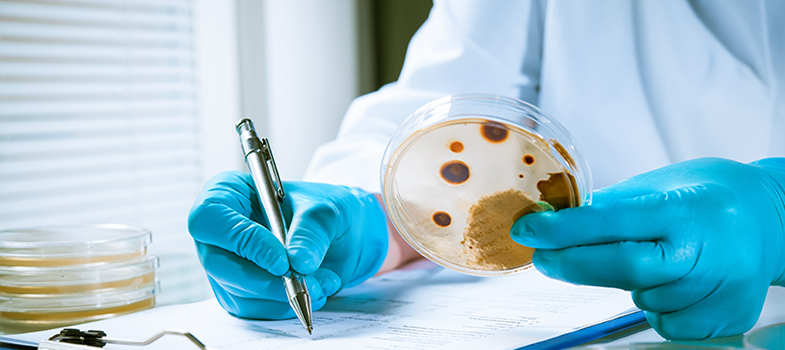Glossary
Special | A | B | C | D | E | F | G | H | I | J | K | L | M | N | O | P | Q | R | S | T | U | V | W | X | Y | Z | ALL
A |
|---|
aetiologyThe cause, set of causes or manner of causation of a disease or condition. | |
antimicrobial resistance (AMR)The resistance (either innate or acquired) of a microbe (most often, a bacterium) to any compound that is designed to kill It or inhibit its growth. Several different mechanisms of AMR exist. The phrase is also used to describe any pathogen that is less susceptible than its counterparts to a specific antimicrobial compound. | |
antimicrobial stewardship (AMS)A set of guidelines and practices designed to promote optimal antimicrobial prescribing, reduce inappropriate and excessive antimicrobial use (AMU), and ultimately reduce antimicrobial resistance (AMR). | |
antimicrobial use (AMU)The quantity of antimicrobial drugs prescribed or administered to an individual person or animal, or group of animals (such as a herd or flock), measured at the level of healthcare facility, farm, region or country. It is typically measured as kg of antibiotics. | |
AWaReClassifies antibiotics into three stewardship groups (Access, Watch and Reserve) to emphasise the importance of their optimal uses and potential for antimicrobial resistance (AMR). | |
For further information, take a look at our frequently asked questions which may give you the support you need.
If you have any concerns about anything on this site please get in contact with us here.



